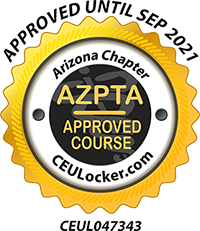The Feminine Perspective & John F. Barnes
/I’m often asked about how my signature Z-way Feminine Perspective approach to Myofascial Release relates to John F. Barnes founding principles.
All of my seminars, retreats, and personal treatment programs blend my signature Z-way approach with the John F. Barnes’ foundational approach of Myofascial Release, while flowing from a feminine perspective. I spent 15 years living alongside John Barnes and working with him in his treatment centers and training seminars.
This feminine perspective still needs and honors the masculine structural, doing and initiating aspects yet emphasizes the receiving, allowing, supporting and connecting aspects of this amazing work and blends them together in a harmonious manner creating deeper effectiveness and results achieved with greater ease. We need both the feminine and the masculine blended together and the feminine relies on the foundation built with the masculine approach. The feminine listens to the intuition to individualize each person’s unique responsiveness within the structure created by the masculine. It combines the need to let go of stuff stuck and buried in our bodies as well as receive and settle back in our own energy & natural essence that may have been shocked out of us from trauma. The combination resets the nervous system and allows for enhanced organization and alignment.
The Myofascial Academy seminars are not a repeat of material found in John’s seminars and are designed to blend beautifully with his approach. They take the next step in myofascial development providing fresh information & techniques and applying new creative insights to evaluating and treating the connective tissue within the awareness of the body-mind-spirit complex. The focus is on truly connecting with both the physical and energetic tissues and while including all aspects of MFR it emphasizes the supportive & allowing aspects of treating the fascial system in helping to heal pain resulting from those restricted tissues. This tends to be a gentler approach which is easier on both the therapist and the patient’s bodies.
The words often sound the same when describing the difference however there is a distinct difference in the feel of the work.




